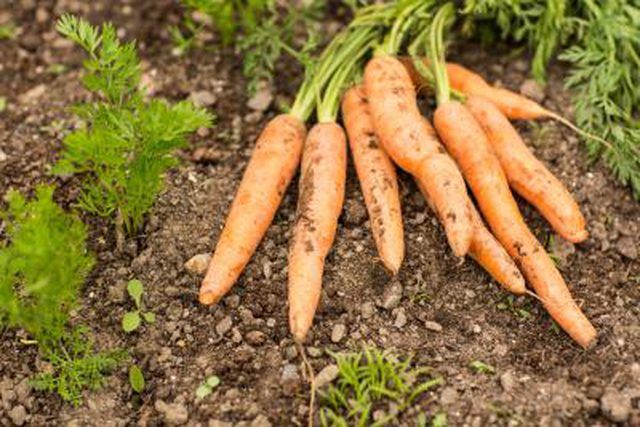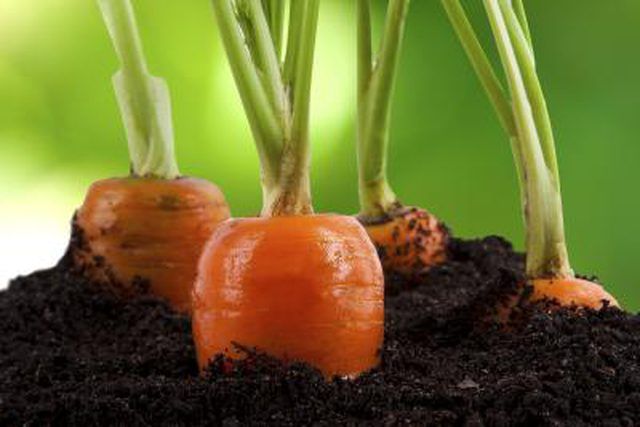Bulbs
Flower Basics
Flower Beds & Specialty Gardens
Flower Garden
Garden Furniture
Garden Gnomes
Garden Seeds
Garden Sheds
Garden Statues
Garden Tools & Supplies
Gardening Basics
Green & Organic
Groundcovers & Vines
Growing Annuals
Growing Basil
Growing Beans
Growing Berries
Growing Blueberries
Growing Cactus
Growing Corn
Growing Cotton
Growing Edibles
Growing Flowers
Growing Garlic
Growing Grapes
Growing Grass
Growing Herbs
Growing Jasmine
Growing Mint
Growing Mushrooms
Orchids
Growing Peanuts
Growing Perennials
Growing Plants
Growing Rosemary
Growing Roses
Growing Strawberries
Growing Sunflowers
Growing Thyme
Growing Tomatoes
Growing Tulips
Growing Vegetables
Herb Basics
Herb Garden
Indoor Growing
Landscaping Basics
Landscaping Patios
Landscaping Plants
Landscaping Shrubs
Landscaping Trees
Landscaping Walks & Pathways
Lawn Basics
Lawn Maintenance
Lawn Mowers
Lawn Ornaments
Lawn Planting
Lawn Tools
Outdoor Growing
Overall Landscape Planning
Pests, Weeds & Problems
Plant Basics
Rock Garden
Rose Garden
Shrubs
Soil
Specialty Gardens
Trees
Vegetable Garden
Yard Maintenance
Interesting Facts About Carrots
Interesting Facts About Carrots. Mae West said that the only interesting "carrots" are the number you get in a diamond, but carrot lovers of all species would disagree. Like family members you take for granted, this root vegetable has strange and dramatic tales to tell if you take the time to listen, and its 5,000-year history is heavy...
Mae West said that the only interesting "carrots" are the number you get in a diamond, but carrot lovers of all species would disagree. Like family members you take for granted, this root vegetable has strange and dramatic tales to tell if you take the time to listen, and its 5,000-year history is heavy with intrigue and sexual innuendo.

The carrot plant (Daucus spp.) appeared on the world stage thousands of years ago, and its foliage was initially used as medicine. By the time of ancient Greece, the wild carrot (Daucus carota var. carota) was considered a powerful love charm that would make both men and women more amorous.

The ancient Greeks passed carrots on to the Romans, who also cultivated them and believed that they stirred sexual desires. Emperor Caligula once convened the Roman Senate and made the group eat an entire feast of carrots, hoping that the potency of the vegetable would make them all lose control and "rut like wild beasts."

The cultivated carrot plant (Daucus carota var. sativus) developed from the wild carrot. The root of the wild carrot was purple, red, white or yellow, but never orange. In the 1500s, the Dutch crossed red and pale yellow specimens to develop the orange carrot in order to honor the royal family of the House of Orange. You can still grow purple carrots in your garden by choosing a cultivar like "Purple Dragon."

Carrot plants were initially grown for medicinal purposes, but over time, new and unusual uses were found for the various parts of the plant. Greek women, on Hippocrates' recommendation, chewed wild carrot seeds to prevent pregnancy. In the 1800s, men in Iran ate stewed carrots to increase their sexual potency. A little later, fashionable British women used carrot foliage plumes for hat decorations.

You are used to selecting your ice cream flavor from an enticing list, but you may not know that planting carrots requires selecting flavor too. Opt for sugary, woody or pine-parsley, depending on how you plan to use your crop. While harvesting carrots when days are warm and nights are cold enhances sweetness, sweetness is still largely genetic. Woody carrots never reach the veggie-candy potential of sugary cultivars.

Count on 60 to 75 days from seed sowing to crunch-time, but rely on your eyes, not your calendar, for determining when to harvest. When a carrot reaches its peak of maturity, its color becomes vibrant. A few days later, the shade mutes and sugars start converting to starches.

If you heard that eating carrots enables you to see in the dark, you may be the unintended victim of a British disinformation campaign. During WWII, the Brits war department released information that it was feeding their gunners and pilots huge quantities of carrots, which increased their ability to see in the dark. This was, however, just a story to cover up the power of their radar, which allowed them to down German planes in the dark.

Carrots got their name from Greek "karoton," and in turn, gave the name to beta-carotene, the product your body uses to make Vitamin A. For maximum beta-carotene, don't follow the popular advice about eating raw. Cooking carrots makes it easier for our bodies to use the beta-carotene. If you like that raw crunch but object to the carrot core, plant coreless cultivars like "Scarlet Nantes" or "Touchon."

Bugs Bunny, the famous cartoon character, is often seen nonchalantly leaning against something while munching a carrot. This stance was lifted from the movie "It Happened One Night" when Clark Gable did the same in a smouldering scene with Claudette Colbert. But some carrots can grow to 19 feet long and weigh up to 19 pounds, making such casual elegance difficult. You can select length by cultivar; try Tiny Finger for carrots about the size of your pinkie, or "St. Valery" for 10-inch specimens.
